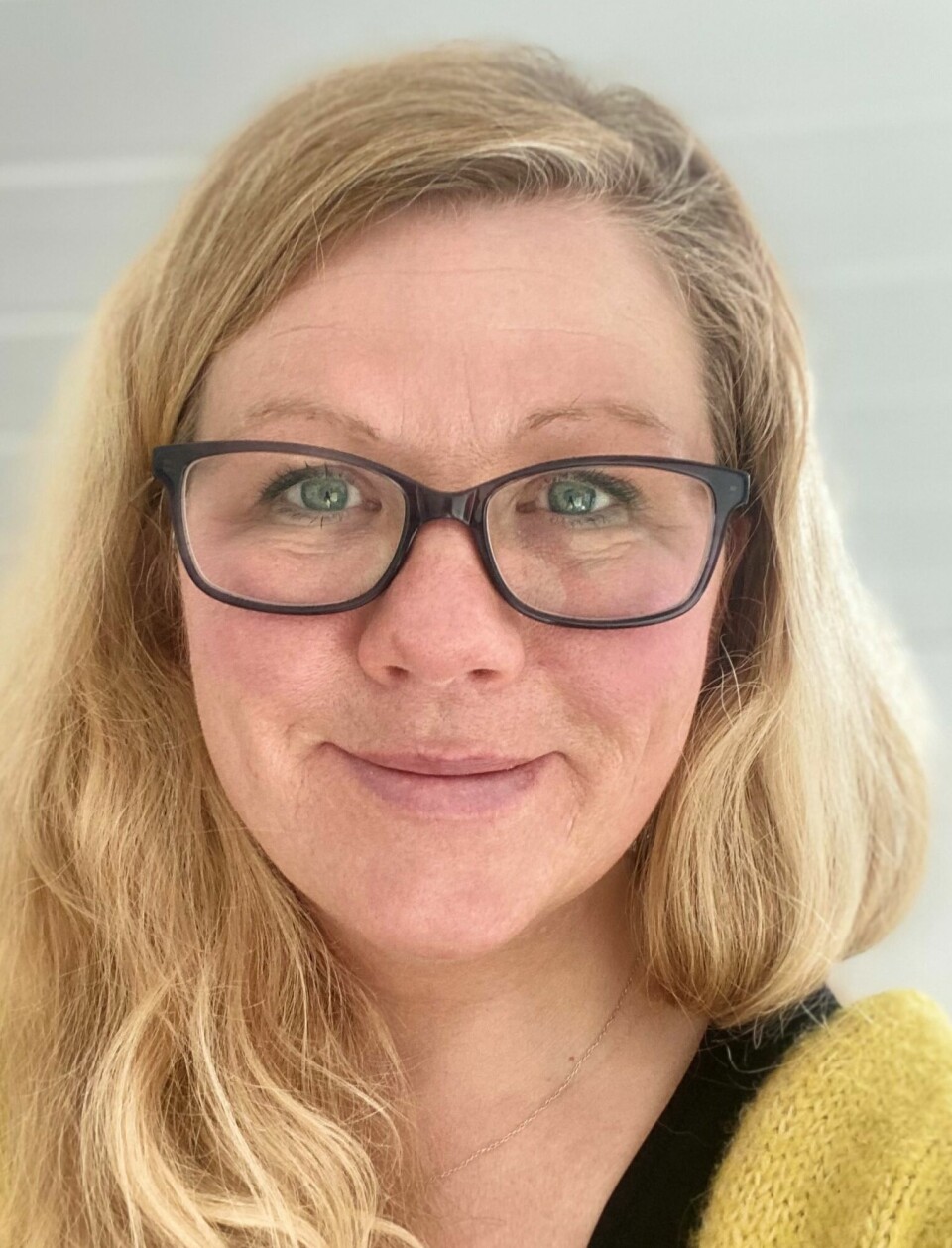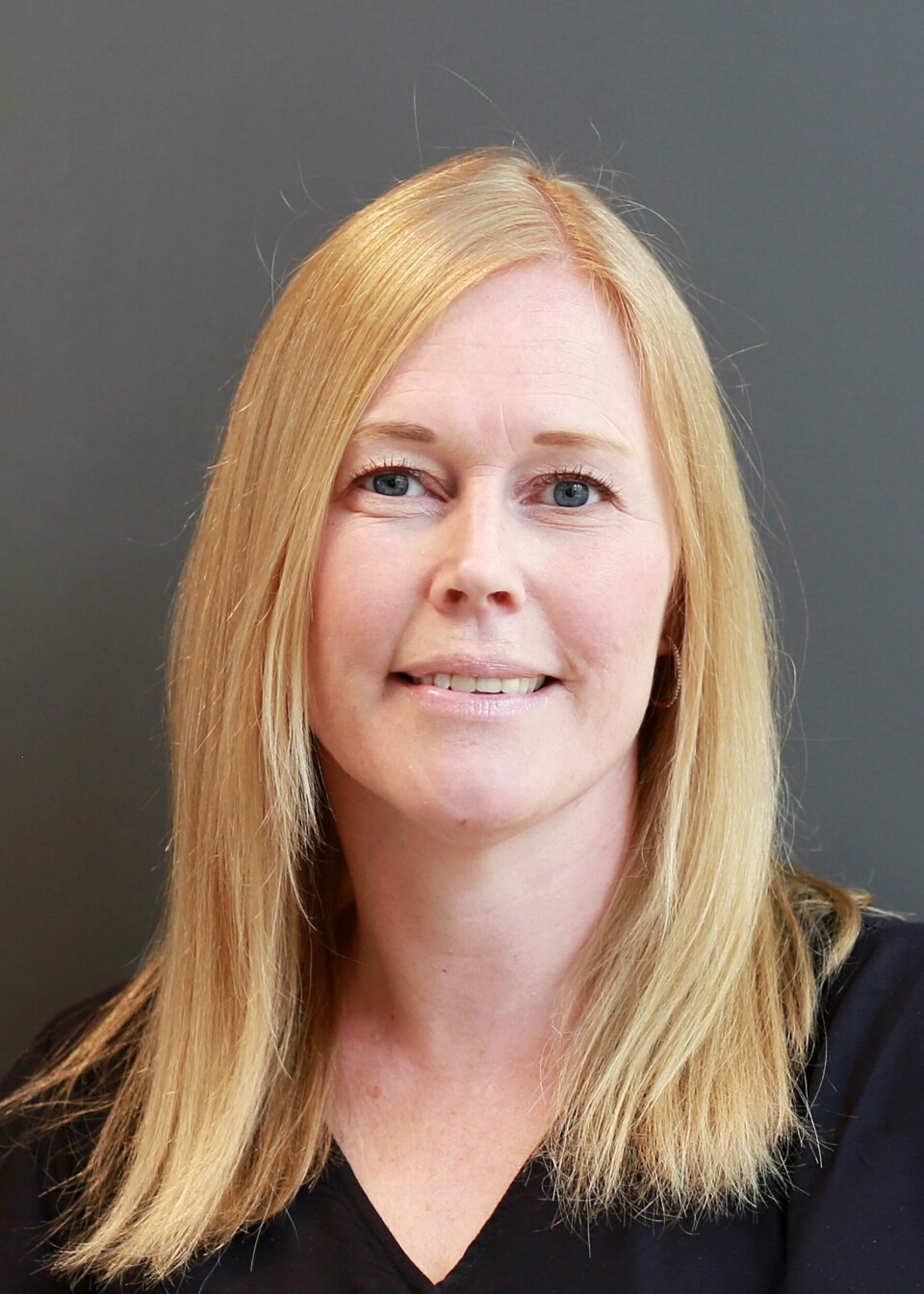THIS CONTENT IS BROUGHT TO YOU BY the Norwegian centre for E-health research - read more

We must ‘hear’ the patient's voice in health records
Older patients with complex needs usually need help from different actors in the primary and specialist healthcare services. It is important to coordinate the efforts, but where is the patient's voice in the health record?
Person-centred care is essential to deliver the best possible treatment and follow-up. Decisions should be based on the question ‘What is important to you?’.
The user's voice should be at the centre of treatment so that everyone works together towards meaningful goals.
“Despite this, there is a gap between the idea of good coordination and what actually happens. One reason for this is that healthcare professionals face many tasks and demands. They are often running short of time, having to assess the patient’s condition and needs, and to follow-up and document it. They also need to share the information across organisational boundaries,” Line Silsand says.
She is a researcher at the Norwegian Centre for E-health Research.

Have to tell their story again and again
Together with colleagues, she has been looking for the patient voice in the electronic health records (EHRs).
“The problem with the EHRs is that they generally only contain information that health workers need to make good professional judgements,” Silsand says.
The result is that the patient's views are rarely documented in the health records. Instead, the patients often have to tell their stories over and over again.
She further explains that EHRs are based on a tradition where the record is a tool for correct medical treatment in hospitals, doctors' offices, and nursing homes.
The passive patient
In this tradition, healthcare professionals are experts and the patient is quite a passive recipient.
“It's a fairly new idea that the patients are responsible for their own health, and that all treatment must be based on cooperation with them. Without the patient's voice, such collaboration is difficult,” Silsand says.
By making the patient's needs, values, and preferences visible in the EHR, one facilitates better co-creation of the treatment. Thus, the patient also receives better follow-up and coordination of healthcare.
The question is: How can the patient's voice be represented in a health record so that they receive more tailored help?
The patient as host, guide and facilitator
The study was part of the Dignity Care project.
Researchers recruited nine patients with long-term health problems and their relatives. Patient-centred healthcare teams also added their experiences. These teams work in a patient-centred, multidisciplinary way across communities and hospitals in Northern Norway.
“Patient-centred care involves co-creating the patient pathway together with the user and their next of kin, based on what is important to them. The patient is the host, guide, and facilitator of all treatment,” Silsand explains.
The patients have the right to choose what they want to eat, what procedures they agree to, or what kind of lifestyle they prefer.
To be successful, the treatment must fit in with the patients' lives and values. This enables them to make good choices for their health. This is important because the goal for these patients is not to become disease-free, but to live with their diseases in the best possible way.
A holistic picture
Researchers conducted what they call a co-creative process. It consisted of interviews, workshops, discussions, and observations of clinical practice.
“When we use co-creation to improve health services, we recognise that the users have valuable expertise that make up a holistic picture of challenges and opportunities. The people who will use the solution must be involved in creating it,” Silsand says.
“It was useful to hear what patients emphasised when describing their lives and wishes. We asked the health workers how they found the patient's information in the EHR and how clinicians could improve the documentation of information,” Gro-Hilde Severinsen says.
She is a researcher at the Norwegian Centre for E-health Research.
Digital life journey
Patients and their relatives wanted their health and life history to be clearly displayed to health workers as a text or video. They felt that the digital summary should focus on life as a whole and not just on illness.
“They did not want to have to repeatedly tell their story to health professionals. This was especially true for patients with complex medical histories,” Severinsen says.

Of course, patients and carers respond differently when asked what is most important to them.
“People want to manage as well as they can. But there are different ways of seeing what is important. One will answer that they want to walk the dog themselves. Another says that they want to be able to make their own coffee and read the newspaper,” she says.
Several perspectives were added by the healthcare workers.
Designed a template with questions
Clinicians found it beneficial to have a brief summary of the patient's status and history, to learn about their short- and long-term goals.
However, the clinicians said they had little time to create and read such a summary. The design of the EHR was also not well suited for this, since such a summary would just be one note in a list of numerous others.
The study resulted in a template with three questions. They address current needs, long-term goals, and important events based on the patient's perspective. Health workers ask the questions and document the answers in the EHR.
In the future, this may be part of patient reported data, which can save time for health workers and strengthen the patient's voice.
Culture change is needed
Better collaboration and listening carefully to the user's needs is not achieved overnight. The health system is good at diagnoses and diseases, but this is sometimes at the expense of 'seeing the whole person', especially for those with chronic illnesses.
“A digital tool that describes the life journey is a step in the right direction. But we know from experience that a digital solution is not the only answer to achieving good collaboration. To achieve person-centred care, both specialist and primary care services must give clinicians room to work in new ways – and this requires a cultural change,” Silsand says.
Reference:
Silsand et al. How to Represent the Patient Voice in the Electronic Health Record?, Studies in Health Technology and Informatics. IOS Press, 2023. DOI: 10.3233/SHTI230100

This content is paid for and presented by the Norwegian centre for E-health research
This content is created by the Norwegian centre for E-health research's communication staff, who use this platform to communicate science and share results from research with the public. The Norwegian centre for E-health researchis one of more than 80 owners of ScienceNorway.no. Read more here.
More content from the Norwegian centre for E-health research:
-
The teams that help people with mental health problems struggle with digital issues
-
Can social media be used to encourage more people to get vaccinated?
-
When artificial intelligence guards privacy, it may be the path to improved healthcare
-
Digital health data falls short in aiding Norwegians manage their health
-
Artificial intelligence makes it easier and cheaper for doctors to diagnose patients
-
Norway, Sweden, Denmark and Finland introduce digitally shared medication lists





































